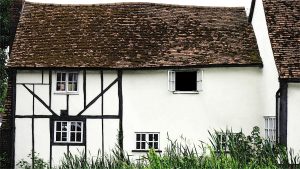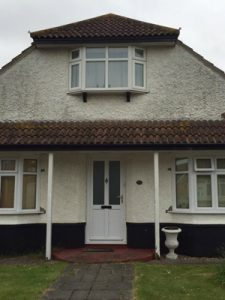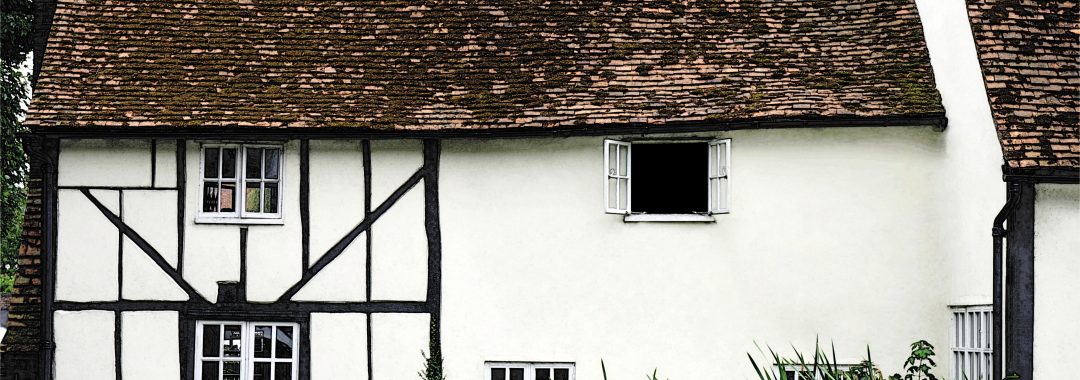The exterior walls of your property are intended to provide superior levels of protection from the elements; specifically moisture. However, you might have noticed that they have recently been soaking up large amounts of water. Why is this the case? Should you be concerned? What potential damages can occur if left unchecked? Finally, why is damp proofing exterior walls the best preventative method to use? Let’s take a look at the answers to all of these questions, as you will likely be able to save time as well as a substantial amount of money.
The Ravages of Mother Nature
First and foremost, it is impossible to discount the effects of weather over time. Rain, sleet and snow can all impact the condition of an exterior wall. It is also important to point out that thermal variations caused by changing temperatures can cause minor cracks to form within a wall. These cracks will grow over time; providing a means for moisture and water to compromise its integrity. Other issues such as locations exposed to ocean mists and high water tables can likewise play important roles. Even modern walls can suffer damage over time.

The Common Problem of Porosity
One of the reasons why damp proof paint for external walls is often needed involves porosity. Most walls are somewhat porous and when exposed to water, they will act as a sponge; soaking up and retaining moisture. This is known as osmosis in the scientific community. Of course, different materials exhibit different levels of porosity. Substances such as mortar, brick and stucco can often suffer from this situation and once again, the problem will only get worse as time progresses.
Cracks and Other Faults that Might not be Visible to the Naked Eye
You might be surprised to learn that many walls which soak up massive amounts of water could appear to have no major issues. This is due to the fact that some cracks are nearly invisible until they become much larger. Another real issue is that some of these cracks may be located below the ground. Walls that are prone to extreme temperature variations during different seasons of the year are particularly vulnerable. If water enters into these cracks and freezes, this type of expansion will exacerbate the situation even further.
The Potential Risks of Such Situations
Porous walls can be subject to a host of problems if this situation is not addressed at an early stage. The most obvious is the fact that a relatively minor repair could quickly transform into a costly and time-consuming project. However, we are only beginning to scratch the surface.
Excessive level of internal moisture can cause permanent damage to the underlying structure (such as beams and supports). Not only might the wall need to be replaced, but the chances are high that additional work could be required to ensure that your home remains structurally sound.
Assuming that moisture has fully compromised the affected wall, this water can begin to make its presence known within the interior of your home. Common symptoms include black or green mould, wet patches on nearby walls and a generalised musty odour. We should also point out that some types of mould can be dangerous to humans (particularly children) if allowed to proliferate. In order to address such situations, you might very well be forced to renovate an entire room.
 While the problems mentioned above can be quite severe, the good news is that you have a number of options which will help to alleviate such concerns within a relatively short period of time.
While the problems mentioned above can be quite severe, the good news is that you have a number of options which will help to alleviate such concerns within a relatively short period of time.
What Solutions can You Choose?
One of the most targeted methods involves placing a damp patch on external brickwork. This patch is comprised of a resin-bonded material that will be able to better withstand the elements. Not only will a damp patch be used to address any affected areas, but this is a much more cost-effective method when compared to re-pointing an entire wall.
However, what if the problem is determined to be more widespread? In this instance, damp proofing exterior walls could involve the use of a clear and impregnable coating that will be placed atop surfaces such as brick and any mortar-based joints. You will also be happy to learn that this type of damp proof paint for external walls is available in a wide range of colours, so matching the existing decor of your property will not present an issue.
Would you like to learn more about a damp patch on external brickwork or do you suspect that your exterior walls might be suffering from water damage? If so, contact us here at Treatex Wall Coatings as soon as possible. Addressing these issues today will ensure that such problems can be promptly resolved.

